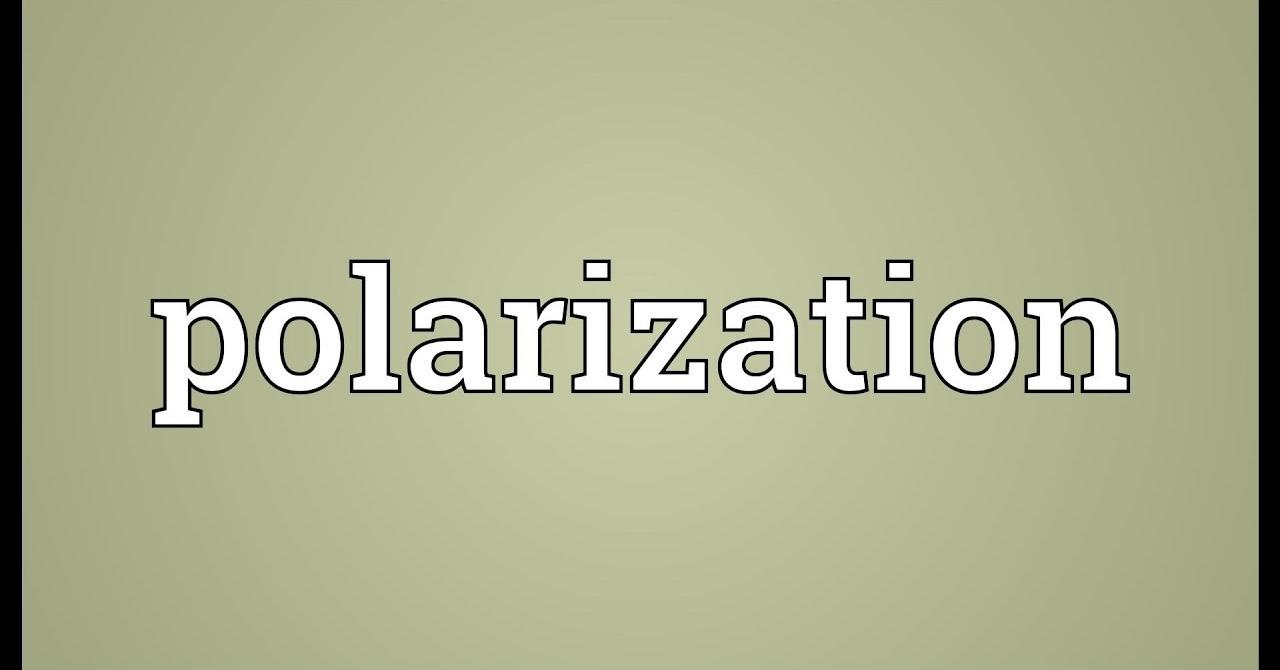Are you curious to know what is polarization in chemistry? You have come to the right place as I am going to tell you everything about polarization in chemistry in a very simple explanation. Without further discussion let’s begin to know what is polarization in chemistry?
Polarization in chemistry is a fundamental concept that plays a crucial role in understanding the behavior of atoms and molecules. This detailed guide aims to unravel the intricacies of polarization, exploring its definition, mechanisms, examples, and significance in the realm of chemistry.
What Is Polarization In Chemistry?
Polarization in chemistry refers to the distortion or displacement of electron density within a chemical species, resulting from the influence of external factors. This phenomenon has far-reaching implications, influencing molecular structures, bond strengths, and reactivity.
What Is Polarization In Chemistry?
At its core, polarization in chemistry involves the redistribution of electron density in a chemical bond or species. This redistribution is a consequence of external factors, such as the presence of nearby ions, electronegativity differences, or applied electric fields.
What Is Polarization In Chemistry Class 12?
In the context of a chemistry curriculum, students encounter polarization in Class 12 as part of their advanced studies. This level of education delves into the intricacies of how electron density shifts within molecules, impacting their overall properties.
What Is Polarization In Chemistry Class 11?
Building on foundational knowledge, polarization is introduced in Class 11 chemistry, providing students with a fundamental understanding of how electrons respond to external influences, leading to changes in molecular behavior.
Polarization In Chemistry With Example: Practical Insights
To illustrate polarization, consider the example of a polar covalent bond. In a molecule like hydrogen fluoride (HF), the higher electronegativity of fluorine causes electron density to shift towards fluorine, creating a partial negative charge on fluorine and a partial positive charge on hydrogen.
Polarizing Power: Influence On Electron Clouds
Polarizing power is a crucial aspect of polarization in chemistry. It refers to the ability of an ion or species to distort the electron cloud of another species. Higher polarizing power is associated with larger ions or species with a higher positive charge.
Polarization In Chemistry In Hindi: रासायनिक द्रुष्टिकोण
रासायनिक दृष्टिकोण में पोलराइजेशन का अध्ययन हिंदी में रास्ता दिखाता है। इसे समझने के लिए हिंदी में रासायनिक दृष्टिकोण के लिए विशेष ध्यान दिया जाता है, ताकि छात्र इस महत्वपूर्ण सिद्धांत को सरलता से समझ सकें।
Polarizing Power Down The Group: Group Trends
Examining polarization down a group in the periodic table reveals intriguing trends. Larger atoms or ions possess higher polarizing power, as their increased size allows for greater interaction and distortion of neighboring electron clouds.
What Is Polarization In Organic Chemistry?
In organic chemistry, polarization influences the reactivity of functional groups and the behavior of electrons in conjugated systems. Understanding polarization is integral to predicting and explaining the outcomes of various organic reactions.
Significance Of Polarization In Chemistry: Unveiling Its Impact
The significance of polarization in chemistry lies in its influence on molecular geometry, bond strengths, and reactivity. It is a key factor in explaining diverse chemical phenomena, from the behavior of covalent bonds to the outcomes of ionic interactions.
Conclusion
In conclusion, polarization in chemistry is a dynamic concept that enriches our understanding of molecular behavior. From its roots in electron density redistribution to its far-reaching impact on chemical reactivity, polarization stands as a cornerstone in the intricate landscape of chemical phenomena. As students progress through their chemistry studies, a nuanced comprehension of polarization enhances their ability to analyze and predict the behavior of diverse chemical systems.
FAQ
What Is Meant By Polarization In Chemistry?
In electrochemistry, polarization is a collective term for certain mechanical side-effects (of an electrochemical process) by which isolating barriers develop at the interface between electrode and electrolyte.
What Is Polarizability In Chemistry?
Polarizability is defined as the anion’s susceptibility to getting polarized by the cation. An ionic bond is formed when the degree of polarization is extremely low, whereas a covalent bond is formed when the degree of polarization is very high.
What Is The Best Definition Of Polarization?
the act of dividing something, especially something that contains different people or opinions, into two completely opposing groups: The polarization of society into rich and poor can clearly be seen in urban areas. Our goal is lively discussion, not polarization.
What Is Polarization Of Ions In Chemistry?
When two oppositely charged ions (X+ and Y-) approach each other, the cation attracts electrons in the outermost shell of the anion but repels the positively charged nucleus. This results in a distortion, deformation or polarization of the anion.
I Have Covered All The Following Queries And Topics In The Above Article
What Is Polarization In Chemistry Class 12
What Is Polarization In Chemistry Class 11
What Is Polarization In Chemistry With Example
What Is Polarization In Chemistry Pdf
What Is Polarization In Organic Chemistry
Polarizing Power
Polarization In Chemistry In Hindi
Polarizing Power Down The Group
What Is Polarization In Chemistry
